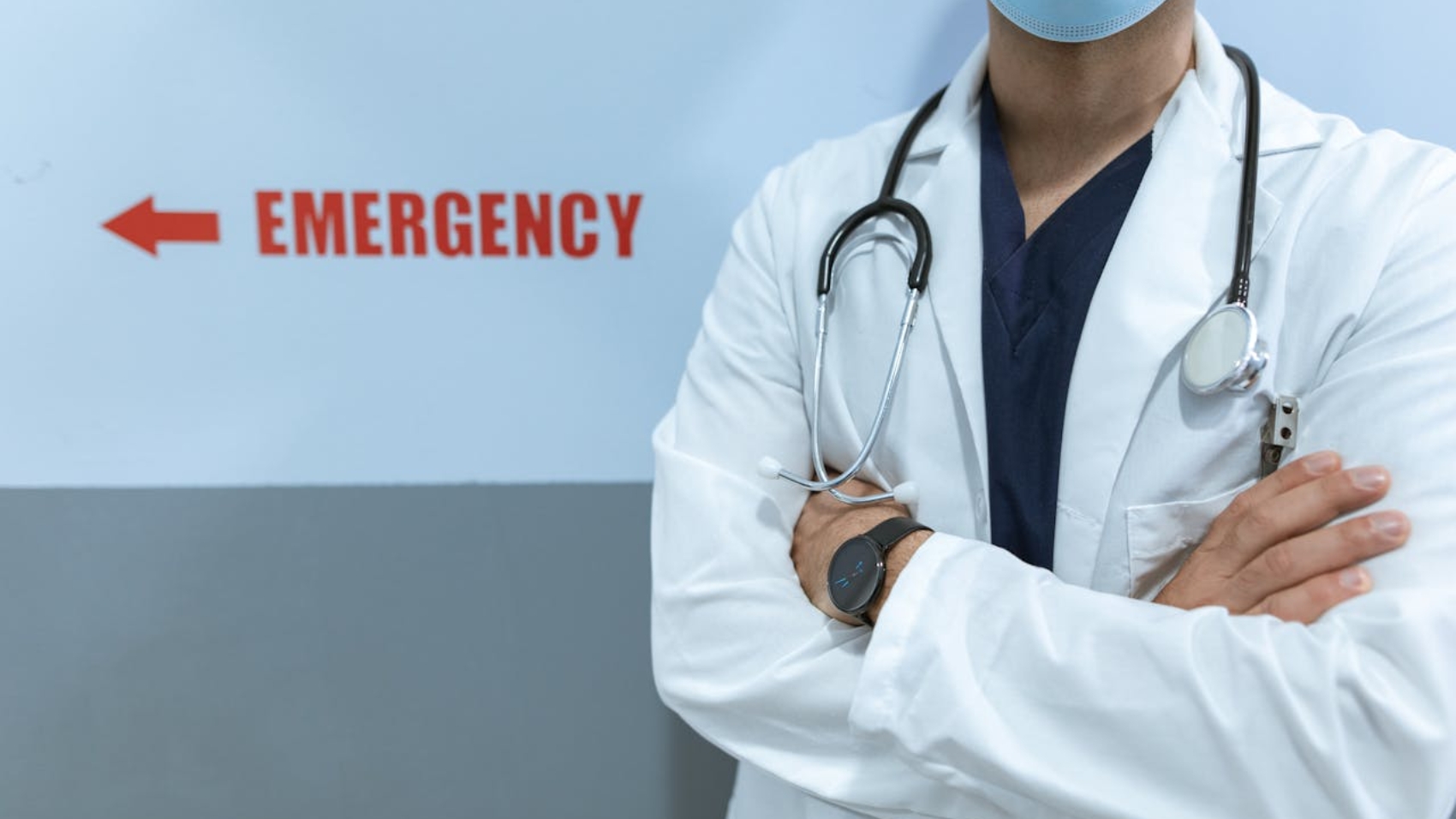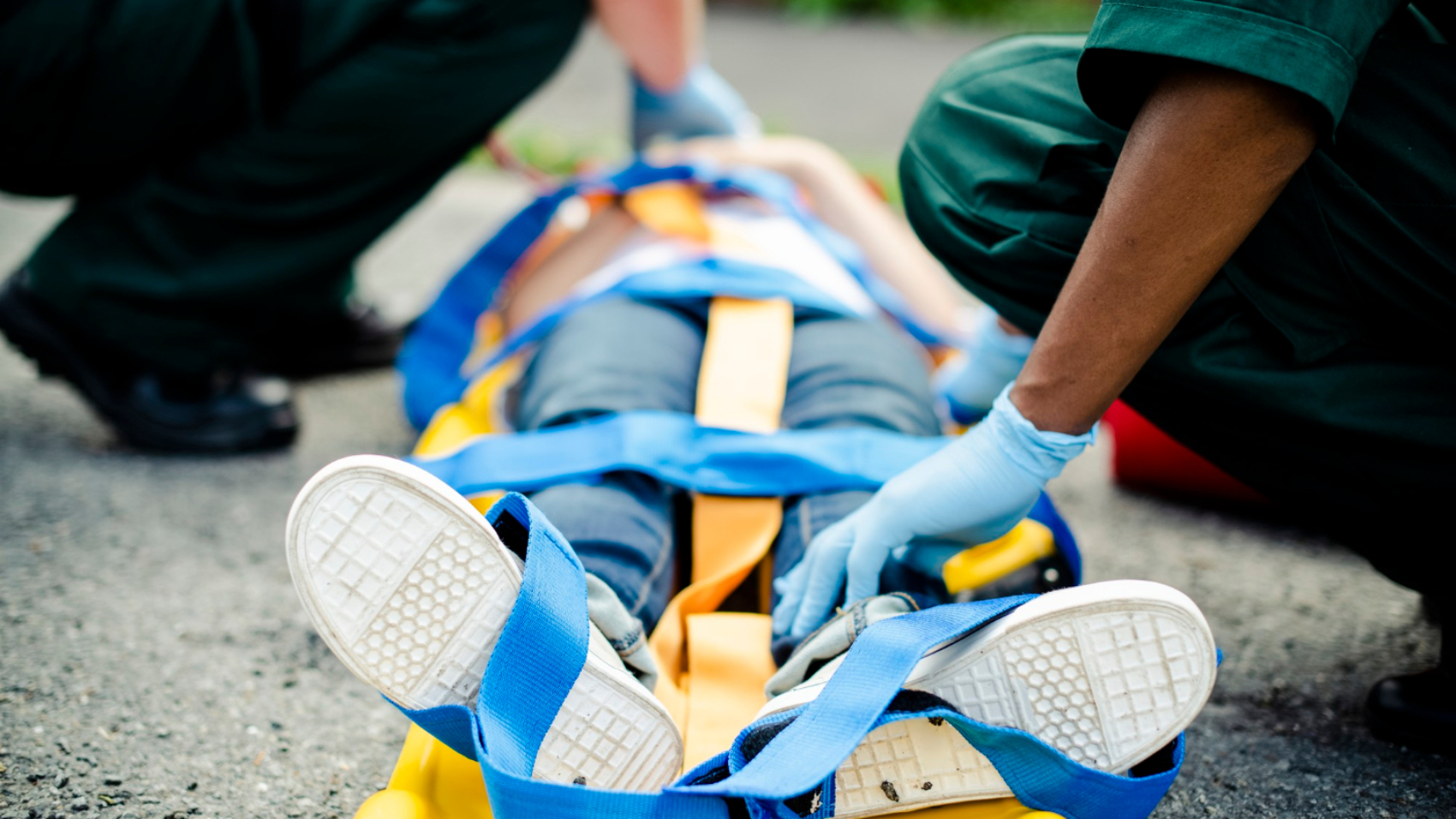Emergencies can strike at any moment, and how you respond in the first few minutes can make a significant difference. Whether it’s a medical emergency, a natural disaster, or an accident, knowing how to react quickly can help reduce harm and potentially save lives. In this article, we will discuss essential tips for reacting to emergencies effectively and promptly, ensuring you are well-prepared to handle critical situations.
1. Stay Calm and Assess the Situation
The first and most important step in any emergency is to remain calm. Panic can cloud your judgment, making it harder to think clearly and act decisively. Take a deep breath and assess the situation. Ask yourself:
- Is anyone in immediate danger?
- What resources are available to help?
- Are there any immediate threats, such as fire, traffic, or electrical hazards?
By quickly evaluating the scene, you can identify risks and make a clear plan of action. It’s also important to check if there are others who can help you with the situation.
2. Call for Help Immediately
In any emergency, time is of the essence. Dial emergency services right away—whether it’s 911 in the U.S. or the equivalent in your country. Provide them with the following key information:
- The type of emergency (medical, fire, etc.)
- The exact location (address, landmarks, and details)
- The number of people affected
- Any immediate threats (e.g., fire, danger of collapse)
Giving clear, concise information helps emergency responders reach you faster and prepares them for the situation ahead.
3. Apply Basic First Aid (If Applicable)
If the emergency is medical, and it’s safe to do so, applying basic first aid can help stabilize the victim until professional help arrives. Some key first aid skills include:
- CPR: If someone is unconscious and not breathing, performing CPR can help maintain circulation and oxygen flow to the brain.
- Bleeding control: Apply pressure to a wound to stop bleeding, and if possible, elevate the injured limb to reduce blood flow.
- Burn care: If someone suffers burns, immediately cool the area with running cold water for at least 10 minutes, and cover the burn with a sterile bandage.
If you are unfamiliar with first aid techniques, it’s recommended to take a certified course to be fully prepared.
4. Ensure the Safety of Everyone Involved
Your primary concern should always be the safety of everyone involved. If you are in a dangerous environment, such as a car accident or a building collapse, ensure that the area is safe for both the victims and yourself. Move the injured person only if they are in immediate danger (e.g., from fire, gas leaks, or traffic). If not, leave them where they are and wait for professional rescuers to arrive.
In situations like fires, evacuate everyone from the area and go to a designated meeting point. Always avoid using elevators during a fire and use the stairs instead.
5. Provide Comfort and Support
During an emergency, the affected individuals may be frightened or in pain. Offering reassurance can help reduce stress and anxiety. Stay with them, keep them calm, and try to alleviate any discomfort without causing further harm. Use simple words like, “Help is on the way,” to provide a sense of hope.
If the person is conscious, reassure them, let them know that help is coming, and keep them as still and comfortable as possible. If necessary, use basic techniques to help stabilize their condition until emergency responders arrive.
6. Prepare for the Arrival of Emergency Responders
Once you have called emergency services, be ready to provide additional details. When the responders arrive:
- Clearly explain the situation again and provide any updates.
- Point out any critical details they need to know (e.g., hazardous materials, specific injuries, etc.).
- Follow their instructions carefully to ensure the safety of everyone involved.
Remember that emergency responders are trained professionals. Trust their expertise and cooperate fully.
7. Document the Incident (If Possible)
If it is safe to do so, documenting the incident can be helpful later on. Take photos or notes about the situation, including the injuries, the environment, and anything else that could be relevant. This information can be used for medical treatment or legal purposes if necessary.
However, do not compromise your safety or the safety of others just to take photos or videos. The priority should always be immediate assistance and care.
8. Know When to Evacuate or Seek Shelter
In certain emergencies, such as natural disasters (earthquakes, hurricanes, floods), knowing when to evacuate or seek shelter is crucial. If local authorities issue evacuation orders, follow them promptly and head to designated shelters or safe areas. Stay informed through official news sources or emergency broadcasts.
In situations like floods, never attempt to cross flooded roads. If you are caught in a flood, head to higher ground and avoid using electrical appliances.
9. Have an Emergency Kit Ready
Preparation is key to reacting quickly in emergencies. Having an emergency kit readily available ensures you can act fast without wasting time looking for essentials. Your emergency kit should include:
- First aid supplies
- Flashlight and extra batteries
- Non-perishable food and water
- Whistle and flares
- A portable charger for your phone
- Important documents (ID, insurance, etc.)
Keep this kit in a place that is easily accessible to you and your family.
10. Stay Informed and Educate Yourself
The best way to react to an emergency is to be prepared beforehand. Stay informed about potential risks in your area (such as earthquakes, floods, or medical conditions) and learn the necessary skills to respond effectively. Regularly review first aid procedures, take CPR courses, and stay updated on emergency preparedness strategies.
Conclusion
Reacting quickly to emergencies is crucial to minimizing harm and maximizing the chances of survival. By staying calm, assessing the situation, calling for help, and applying basic first aid when necessary, you can play a critical role in saving lives. Remember to prioritize safety, offer comfort, and stay prepared with an emergency kit. Above all, the best way to handle emergencies is to be prepared, informed, and ready to act swiftly.



